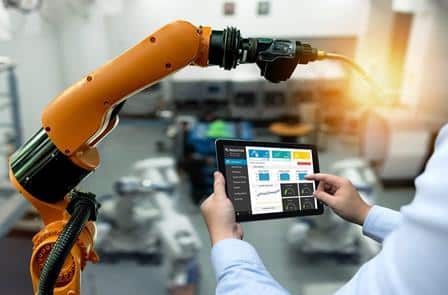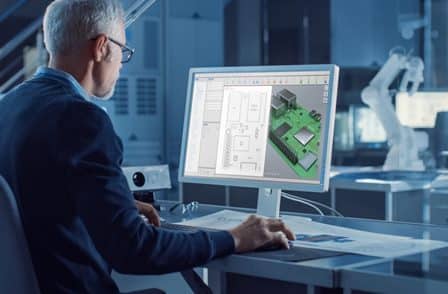Course Overview
Modern engineers face an intriguing set of challenges when tackling uncertainty, and they have developed some of the smartest methods, tools, techniques, and approaches for understanding system safety, risk, and reliability. Safety, Risk, and Reliability Course is the ideal gateway to boost your capacity to tackle these real-world, increasingly complex issues. Upon completion of this program, you will gain skills and knowledge in the latest and developing technologies in safety, risk, and reliability.
You may want to learn more about.
Safety Risk & Reliability Program Details
A powerful force is driving industrial growth and change, and it’s only getting stronger. That force? Uncertainty. Society increasingly demands more efficient transport, more power production, safer energy exploration and processing, less waste, smarter products, and of course, all at lower costs. All these demands display uncertainty and how we need to manage it through engineering, science, and technology.
In the 21st century, industry will routinely deal with novel hazardous processing technologies, complex energy grid load-balancing from renewables, driverless cars, artificial vision to augment control, and feedback in sub-sea exploration – and the infinitesimal scale of nanotechnologies in bionic engineering. Currently, people are at the heart of many hazardous work environments, exposed to the consequences of uncontrolled events. Still, soon, artificial intelligence will afford more human tasks to be automated (and present a host of newer risks in exchange for the retired ones). This progress has to be examined in systematic terms – terms that integrate our understandings of technical fallibility, human error, and political decision-making.
This program has been carefully designed to accomplish three key goals. First, a set of fundamental concepts is described in useful, manageable ways that encourage rapid and integrated knowledge-acquisition.
Second, that knowledge is applied in creative and imaginative ways to afford practical, career-oriented advantages. Third, the learning that results from the integration of knowledge and application is encouraged by activities and projects, culminating in a project thesis that is the capstone of the program.
This carefully designed learning journey will develop an accurate understanding and also exercise the participant’s creativity and design-thinking capabilities. Employers are hungry for these skills, and program graduates can expect a significant advantage when interacting with employers, clients, consultants, and fellow engineering peers.
Below is an example of content that can be delivered in a customized course or group training.
Year One
| Subjects |
| Introduction to Safety Engineering and Risk Management |
| Incident / Accident Investigations and Learning from Disasters |
| Health, Safety, Environment and Workplace Safety |
| Human Factors Engineering |
| Safety Systems – Tools and Methods |
| Process Safety and System Safety Engineering |
| The Safety Lifecycle, Risk Reduction, Safety Management |
| Data Analysis and Statistics |
Year Two
| Subjects |
| Asset Integrity and Management |
| Fire, Explosions, Facility Siting and Land Use Planning |
| Reliability Engineering |
| Engineering Research & Practice |
| Project Thesis (taken over 2 terms – equivalent to 4 units) |
Additional Mandatory Units
| Subjects |
| Hands-on Workshop 1 |
| Hands-on Workshop 2 |
| Hands-on Workshop 3 |
| Hands-on Workshop 4 |
| Professional Practice Hands-on Workshop |
| Professional Experience |
Graduate Diploma of Engineering (Safety, Risk and Reliability)
Students who elect to exit the program after successfully completing all of the first-year units, as outlined above, can opt to receive EIT’s Graduate Diploma of Engineering (Safety, Risk and Reliability). If students wish to finalize the Master qualification after exiting at the Graduate Diploma level, they will need to re-enroll and relinquish the Graduate Diploma testamur.
Rules of Progression
You can only attempt the Project Thesis once you have successfully completed all other units. All engineering disciplines are built up of individual bodies-of-knowledge that together target a specific application. It not only relies on the combined body of knowledge from the undergraduate degree, specifically mathematics, physics, and discipline knowledge, but also on the various units that form this program.
The ‘500’ level units are designed at the Australian Qualifications Framework level eight (Graduate Diploma). The knowledge from each unit allows you to be able to investigate challenging problems, analyse and synthesize complex solutions, and communicate your solutions and ideas.
This will enable successful progress to the ‘600’ level units at the Australian Qualifications Framework level nine (master’s degree). All this knowledge is brought together as you tackle complex application problems in your final thesis.
The content of each unit is designed to provide a graduated increase in knowledge and skills from the ‘500’ level units to the ‘600’ level units culminating in a Project Thesis. All units must be passed, or have exemptions, to achieve the qualification.
The Graduate Diploma of Engineering is nested within the master’s degree as an exit point only after the successful completion of all the ‘500’ level units of the program. Both qualifications have the same entry requirements. The second year of the master’s degree does not serve as an entry point.
Work-Integrated Learning
EIT’s Master of Engineering programs require students to undertake 240 hours of paid or unpaid professional work-integrated learning. This can incorporate paid or unpaid internships, site visits, contributing to industry projects, and networking activities.
In undertaking an internship, students will interact with employees and become exposed to organizational policy and culture. You will familiarise yourself with organizational communication procedures, a variety of engineering disciplines, and obtain insight and practical aptitude in projects from the planning phase to completion.
If you already have some work experience in the relevant engineering field, you may apply to have credit granted by completing the associated recognition of prior learning form.
- Project Manager
- Principal Risk Analyst
- Work environment coordinator
- Safety and Reliability Engineer
- Head of Safety and Risk
- Senior Safety Engineer










